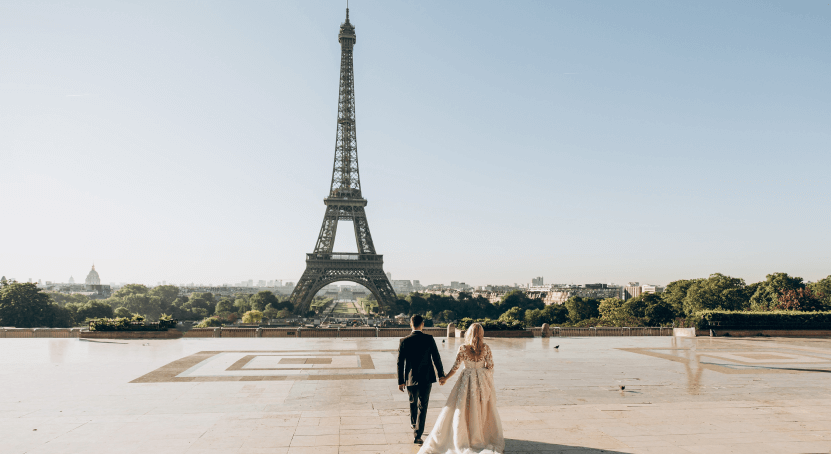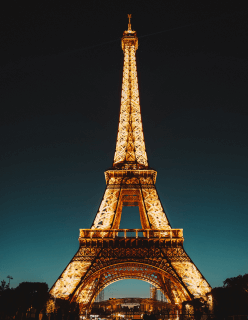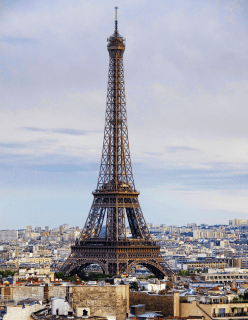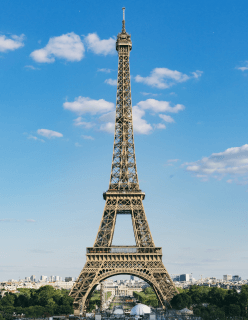Luxor,
once the pharaoh’s imperial capital, is known today as the world’s greatest open-air museum.
The Nile River divides the city into two areas (the East Bank and the West Bank), there are remnants of the ancient Egyptian city of Thebes everywhere. Luxor’s oldest ruins date back to the late 14th century B.C., and tombs belonging to famous pharaohs like Tutankhamun and Hatshepsut can be found at the base of the West Bank’s Theban Mountains. But Luxor offers more than just historic sites. You’ll find a strong Islamic culture here, as well as the hustle and bustle of a large metropolis.

Luxor’s downtown area is filled with contemporary buildings and amenities. As you move out of the city center, you’ll quickly notice Luxor’s ancient ruins. While most of Luxor’s tombs reside on the West Bank side of the city, some of the most popular temples and museums can be found alongside the Nile’s East Bank.






The esplanade at the base of the Eiffel Tower is dominated by four massive pillars, which support the entire weight of the 10,100-ton monument. Gustave Eiffel’s engineers Emile Nouguier and Maurice Koechlin worked on mathematical principles to ensure stability.
The esplanade at the base of the Eiffel Tower is dominated by four massive pillars, which support the entire weight of the 10,100-ton monument. Gustave Eiffel’s engineers Emile Nouguier and Maurice Koechlin worked on mathematical principles to ensure stability.